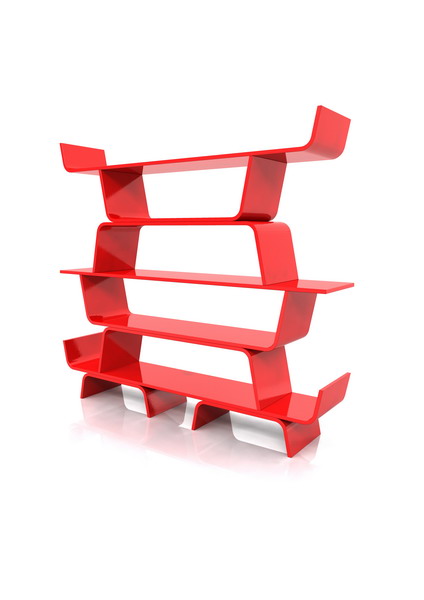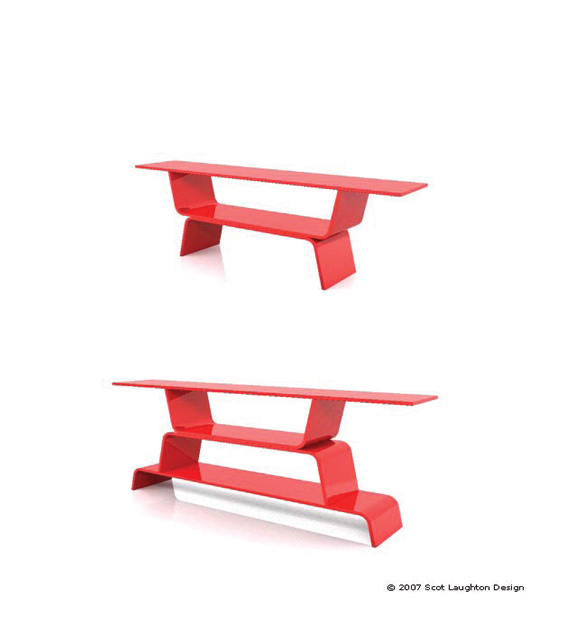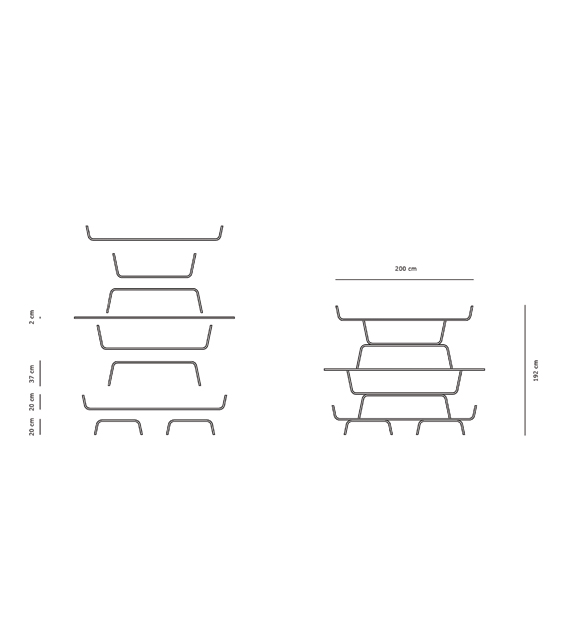
inukshuk by scot laughton from china
designer's own words:
What is it? These stacking shelves evoke a Chinese character, a balancing figure, a samurai, an Inukshuk? It is probably one of the simplest, most elementary ways of assembly, to set one part atop another.
I’ve always been fascinated by Inukshuks. As one travels across the Canadian Artic, one will see piles of rocks and slabs of stones built up to resemble the shape of a person with arms stretching out. These primitive looking structures are put up by the Inuit people and serve as markers or signposts to help guide the Inuit through the treeless tundra of the region. In the Inuit language, Inukshuk means “in the image of man”. The stones are secured through balance. Each one supports the one above it and is supported by the one below it. Together, the stones achieve strength through unity.
We learn to stack things as soon as we learn to sit up. There is a formality to the stacking - the combinations are as vast as the rocks one finds to create the Inukshuk... but it always in the end becomes a familiar presence.
Material proposed: lacquered bent plywood.
Dimensions of large shelf assembly as shown on file 1: 200cm (w) x 192cm (h) x 35cm(d).
The collection would be made of many iterations of assembled parts of varied sizes, orientations and colours allowing for a wide range of unique assemblies. Shelves are held into position by blind pins. Many parts nest easily for ease of shipping.
inukshuk – stacked shelf
 inukshuk – other assemblies
inukshuk – other assemblies
 inukshuk – parts and assembly
inukshuk – parts and assembly